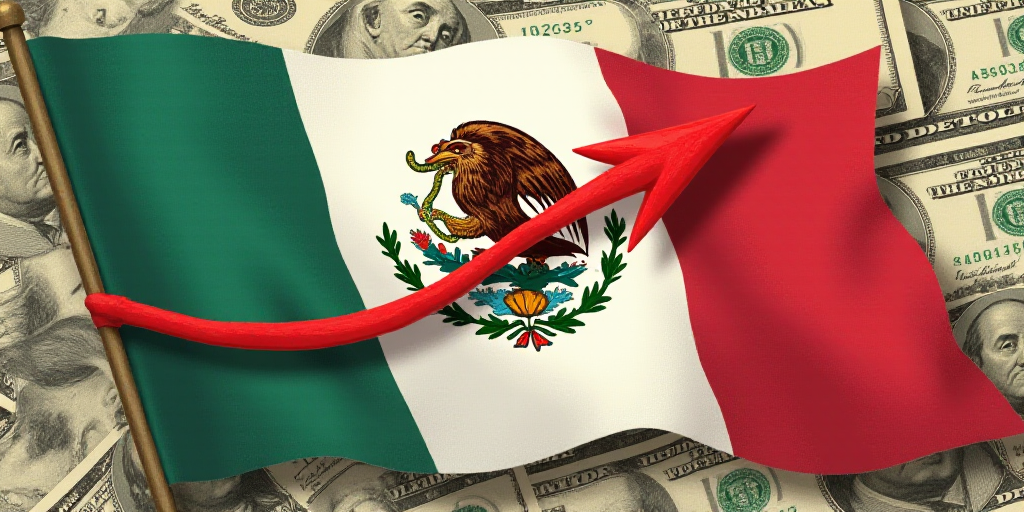Background on the Mexican Economy and Relevant Figures
The Mexican economy, one of the largest in Latin America, has been a significant player in global trade and investment. In recent years, it has faced various challenges, including fluctuations in oil prices, political instability, and trade tensions with the United States. A prominent organization providing economic insights in Mexico is the Mexican Association of Mechanical Engineering Industries (IMEF).
Who is IMEF?
The Industrial Manufacturers’ Association (IMEF) is a leading business organization in Mexico, representing the mechanical engineering industry. Comprising over 30,000 companies, IMEF plays a crucial role in shaping economic policies and providing analysis on Mexico’s industrial sector. Given its extensive network and expertise, the IMEF’s warnings about the Mexican economy should be taken seriously.
Economic Challenges Facing Mexico
Several factors contribute to the anticipated contraction of Mexico’s economy in the second quarter of 2025. Two significant challenges are:
- Judicial Elections: Mexico is scheduled to hold crucial judicial elections in the coming months. These elections could potentially disrupt economic activities as political campaigns consume resources and divert attention from other pressing matters.
- Trump Tariffs: The ongoing trade tensions between the United States and Mexico, stemming from former President Donald Trump’s tariffs, continue to negatively impact Mexico’s export-oriented economy. These tariffs have increased the cost of doing business for many Mexican companies, reducing their competitiveness in the US market.
Impact on Mexican Businesses and Workers
The anticipated economic contraction will have far-reaching consequences for Mexican businesses and workers. Some of these impacts include:
- Reduced Investment: Businesses may postpone or cancel investment plans due to economic uncertainty, leading to slower growth and job creation.
- Job Losses: As companies grapple with reduced demand and increased costs, layoffs may become more common, affecting both skilled and unskilled workers.
- Lower Consumer Confidence: With the economy in decline, consumers may become more cautious with their spending, further dampening economic activity.
Government Response and Policy Measures
To mitigate the adverse effects of these challenges, the Mexican government may consider implementing various policy measures. Some potential actions include:
- Stimulus Packages: The government could introduce fiscal stimulus packages to support businesses and households, encouraging spending and investment.
- Trade Diversification: Mexico could focus on diversifying its export markets to reduce reliance on the US and mitigate the impact of any future trade disputes.
- Structural Reforms: Long-term economic growth can be fostered through structural reforms aimed at improving the business environment, enhancing productivity, and promoting innovation.
Key Questions and Answers
- What is the main concern for Mexico’s economy? The primary concerns are judicial elections potentially disrupting economic activities and the ongoing trade tensions with the United States, including tariffs imposed by former President Donald Trump.
- Who is IMEF, and why should we listen to them? The Industrial Manufacturers’ Association (IMEF) is a leading business organization in Mexico, representing the mechanical engineering industry. With its extensive network and expertise, IMEF’s warnings about the Mexican economy should be taken seriously.
- What are the potential consequences of the anticipated economic contraction? The consequences include reduced investment, job losses, and lower consumer confidence.
- What policy measures could the Mexican government implement to address these challenges? Possible actions include introducing fiscal stimulus packages, diversifying export markets, and implementing structural reforms to foster long-term economic growth.






